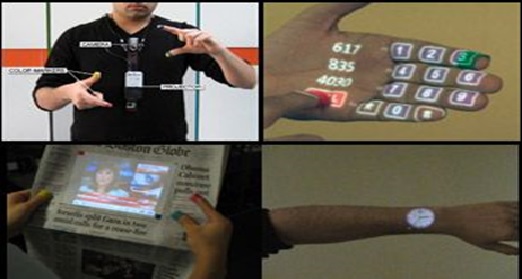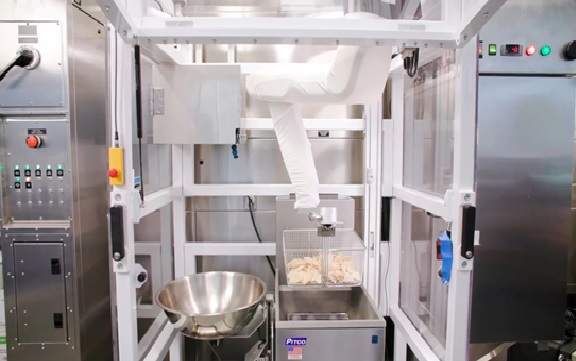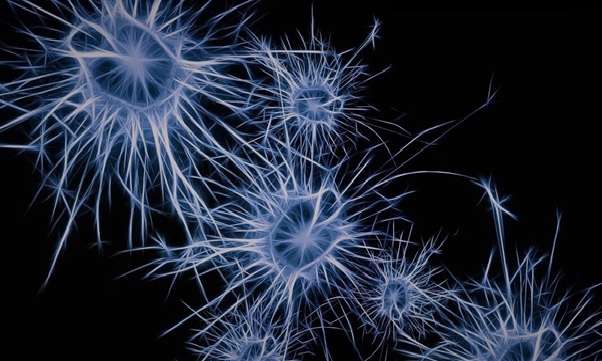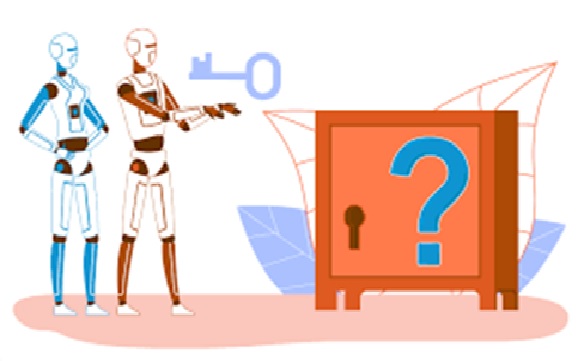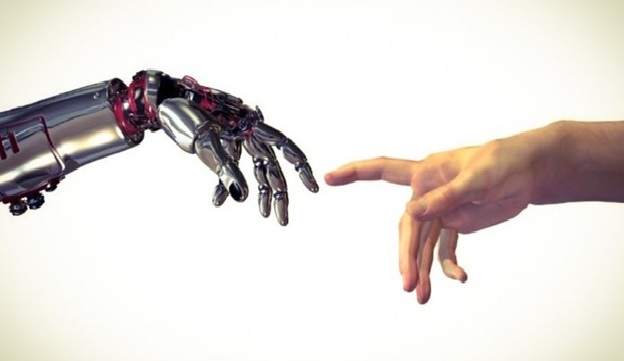AI drug research algorithm flipped to invent 40,000 biochemical weapons
AI algorithms designed to generate therapeutic drugs can be easily repurposed to invent lethal biochemical weapons, a US startup has warned.
Experts have sounded alarm bells over the potential for machine-learning systems to be used for good and bad. Computer-vision tools can create digital art or deepfakes. Language models can produce poetry or toxic misinformation. Now, Collaboration Pharmaceuticals, a company based in North Carolina, has shown how AI algorithms used in drug design can be rejigged to create biochemical weapons. [1]
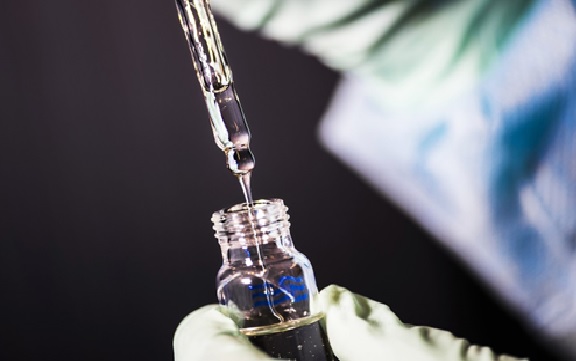
Figure 1. AI drug research algorithm flipped to invent 40,000 biochemical weapons
Figure 1 shows among the compounds invented by the AI, were some similar to VX, an extremely toxic nerve agents, that can cause twitching in even tiny doses.
The researchers said one of the scariest aspects of their discovery, was how easy it was to take a widely available dataset of toxic chemicals, and use AI to design chemical weapons similar to the most dangerous currently. [3]
From generation to synthesis
The barriers to misusing machine learning models like MegaSyn to design harmful molecules are lower than you might expect.
Plenty of open-source software has similar capabilities and the datasets that trained it are available to the public. What’s more, the 40,000 toxins were generated on a 2015 Apple Mac laptop. Of these, hundreds were found that are more lethal than the nerve agent VX.
One of the most potent chemical warfare agents of the twentieth century, VX uses the same mechanism to paralyse the nervous system as the Novichok nerve agent used in the 2018 Salisbury poisonings.
Fortunately, actually synthesising these potential new bioweapons is far more of a challenge than generating them on a computer. The specific molecules that are needed to create VX, for example, are strictly regulated.
Dangers would only arise if a toxin was found that did not require any regulated substances. Whilst easy to figure out through another set of parameters, the researchers felt uncomfortable taking this extra step. [2]
From technology to synthesis
The limitations to misusing machine studying fashions like MegaSyn to design dangerous molecules are decrease than you would possibly count on.
Loads of open-source software program has comparable capabilities and the datasets that skilled it can be found to the general public. What’s extra, the 40,000 toxins have been generated on a 2015 Apple Mac laptop computer. [4]
References:
- https://www.theregister.com/2022/03/18/ai_weapons_learning/
- https://artificialintelligence-news.com/2022/03/23/ai-machine-learning-biochemical-weapons/
- https://www.dailymail.co.uk/sciencetech/article-10636357/AI-came-thousands-chemical-weapons-just-hours-task-scientists.html
- https://aiexpress.io/ai-drug-research-flipped-to-invent-40000-biochemical-weapons-in-six-hours/
Cite this article:
Thanusri swetha J (2022), AI drug research algorithm flipped to invent 40,000 biochemical weapons, AnaTechMaz, pp. 55


